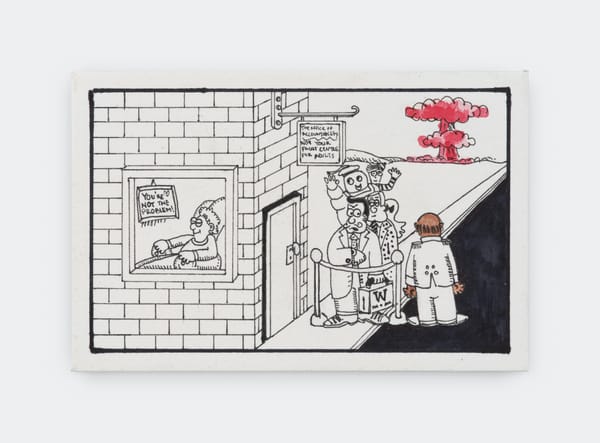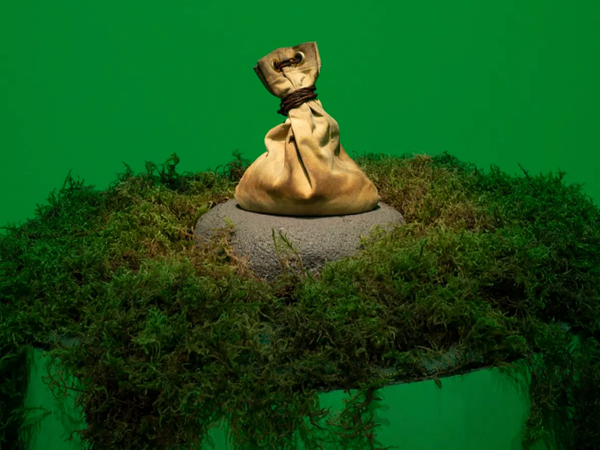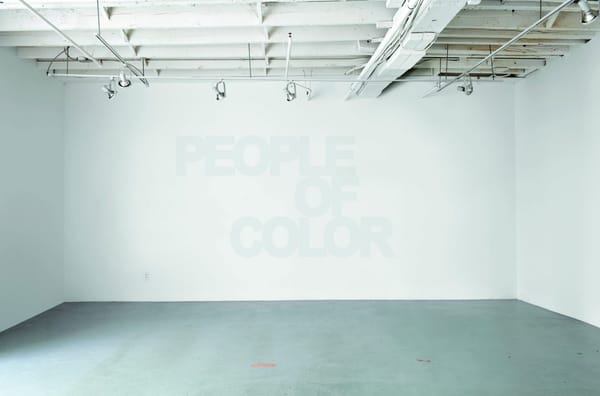
Opinion
What Does the End Look Like?
Divya Mehra’s drawing series The End of You drives home who’s oblivious to the end of the world and who isn't.

Opinion
Divya Mehra’s drawing series The End of You drives home who’s oblivious to the end of the world and who isn't.

Art
The artist’s works force theatrical encounters with metaphors for colonization or display the same violence actualized against discrete bodies.

Art
Two colossal inflatable sculptures by the Winnipeg-based artist prod the colonial roots of economic and racial inequality in the country.

News
After Divya Mehra uncovered the colonial history behind a misidentified 18th-century statue, the Mackenzie Art Gallery repatriated it and acquired Mehra’s work about the figure in its stead.

Art
Divya Mehra offers a complex view of race and identity that supplants the myth of a monolithic Other.

Art
At Winnipeg's Plug In Institute of Contemporary Art, art acts as a kind of magnifying glass, exposing the city's unconventional and, at times, undesirable aspects.

Interview
Divya Mehra and I met briefly, almost in passing at the Banff Centre in Alberta, Canada a couple years back. In what seemed moments we were arguing about the role artists have in society, and the problems and difficulties of institutional support. This quickly led to a deep respect for Divya and her

Art
NORTH ADAMS, Massachusetts — Framed on the faux-log-cabin wall of Kent Monkman’s piece “Two Kindred Spirits” (which depicts the American western characters of Tonto and the Lone Ranger as lovers in a sort of Horatio/Hamlet life-sized diorama death scene) is a hand-embroidered phrase: “The Love That